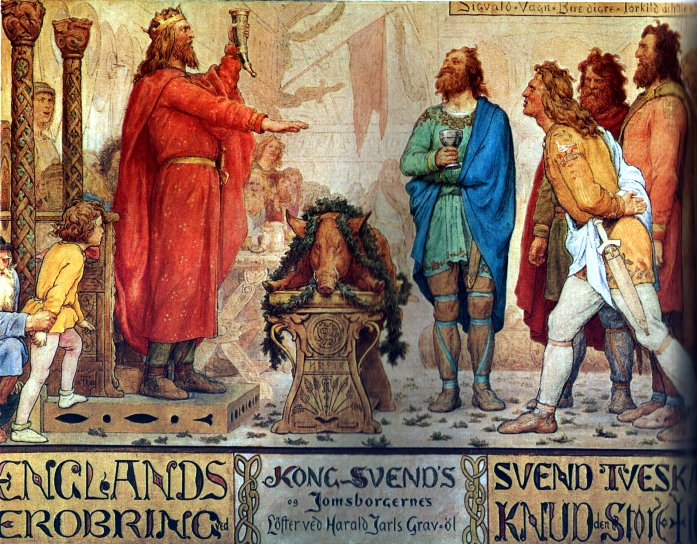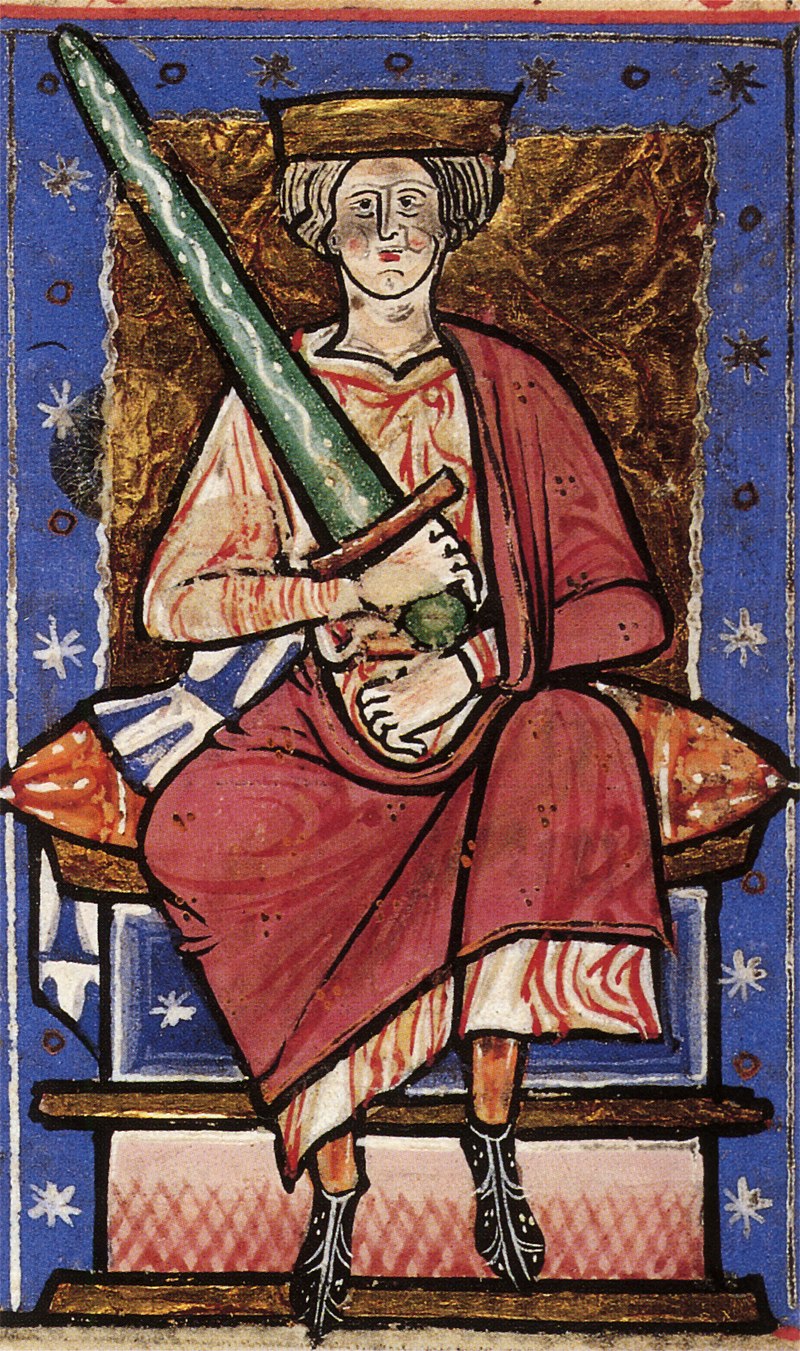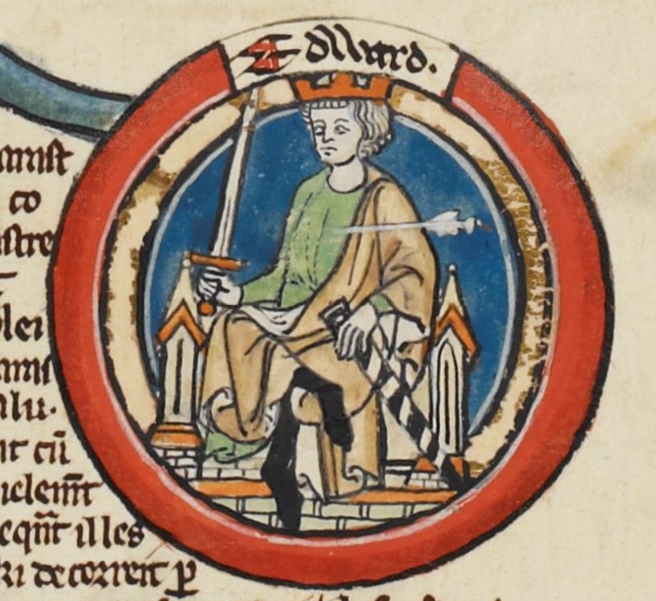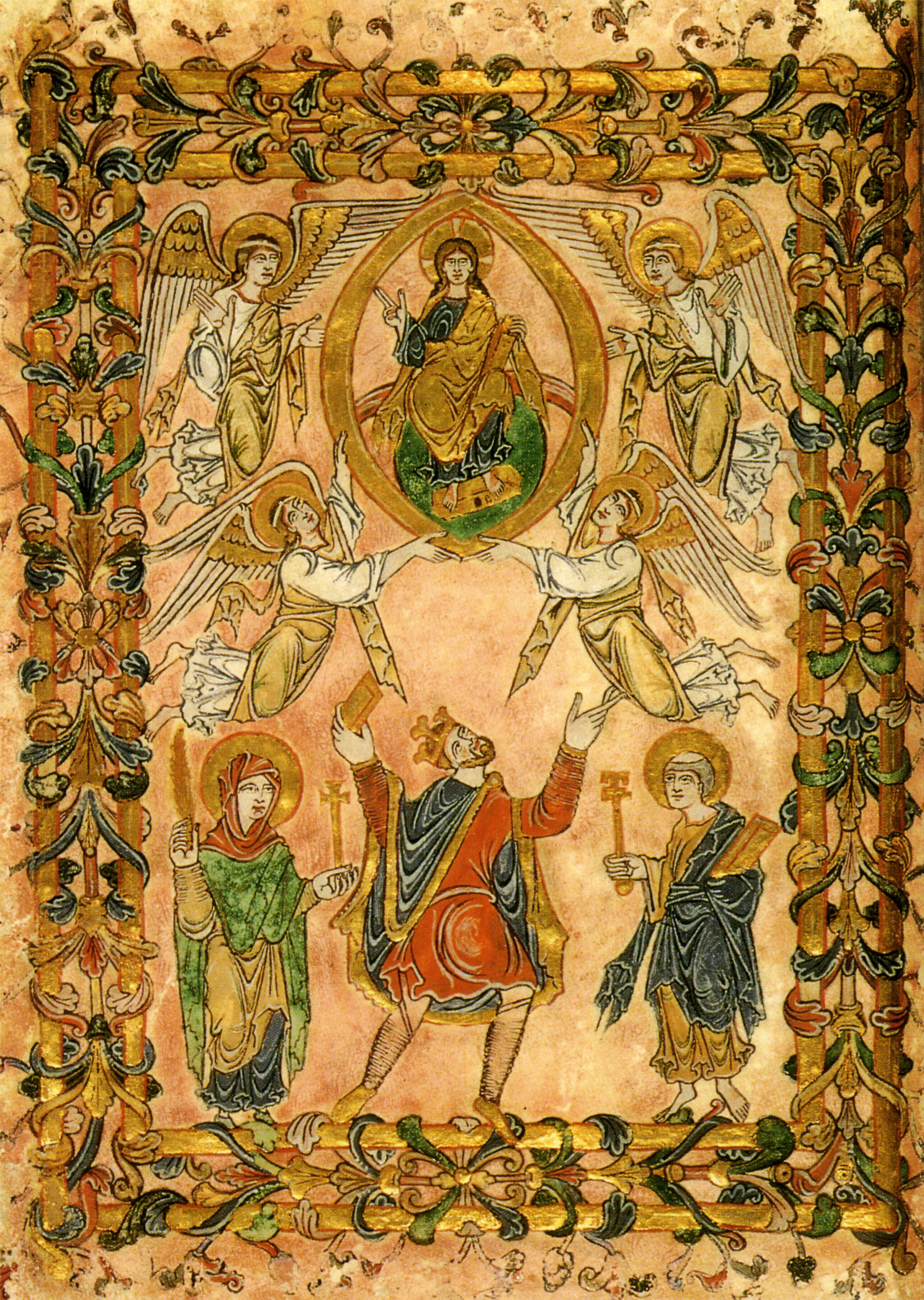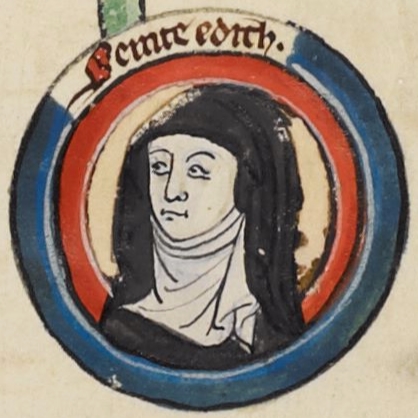by Susan Flantzer
© Unofficial Royalty 2019

Credit – Wikipedia
The eldest of the three daughters of Godwin, Earl of Wessex and Gytha Thorkelsdóttir, Edith of Wessex was born around 1025. Her father was one of the most powerful earls in England under Cnut the Great, Harold I Harefoot, Harthacnut, and his son-in-law Edward the Confessor. Her mother was the daughter of the Danish chieftain Thorkel Sprakling whose claim to fame is being the grandfather of two kings, Gytha’s son King Harold II of England and King Sweyn II of Denmark, the son of Thorkel’s son Ulf.
Edith had nine siblings:
- Sweyn Godwinson, Earl of Herefordshire (circa 1021 – 1052, killed while returning from a pilgrimage to Jerusalem)
- King Harold II Godwinson of England (circa 1022 – 1066, killed at the Battle of Hastings), married (1) Edith the Fair (also known as Edith Swan Neck), had at least six children (2) Ealdgyth of Mercia, Queen of England, had two sons
- Tostig Godwinson, Earl of Northumbria (circa 1026 – 1066, killed at the Battle of Stamford Bridge), married Judith of Flanders, had children
- Gyrth Godwinson, Earl of East Anglia (circa 1032 – 1066, killed at the Battle of Hastings)
- Leofwine Godwinson, Earl of Kent (circa 1035 – 1066, killed at the Battle of Hastings)
- Wulfnoth Godwinson (circa 1040 – 1094)
- Alfgar, a monk
- Elgiva (died circa 1066)
- Gunhilda (died 1087), a nun
Edith grew up at Wilton Abbey in Wiltshire, England, three miles from Salisbury. At Wilton Abbey, she learned several languages and had excellent needlework skills. On January 23, 1045, Edith of Wessex married Edward the Confessor, King of England, the son of Æthelred II (the Unready), King of the English and his second wife Emma of Normandy, and was then crowned Queen of England at the Old Minster in Winchester, England. The marriage was childless and Edward, about twenty years older than Edith, treated her with great respect and endowed her with valuable property all over England. With Edith becoming Queen of England, her father and brothers gained even more power.
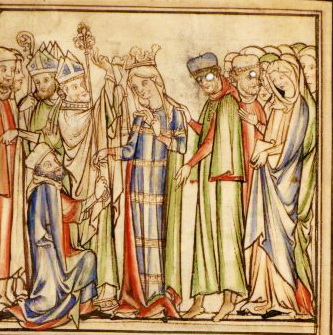
Edith is crowned Queen of England; Credit – Wikipedia
In 1051, Godwin and his sons fell out of favor with Edward and fled England. Edith was sent to a nunnery, possibly because she was childless and Edward hoped to divorce her. Godwin and his family returned to England in 1052 with armed forces, gaining the support of the navy, townspeople, and peasants, forcing Edward to restore his earldom. Edith was reinstated as queen and in later years, she became one of Edward’s inner group of advisers. Edward’s brother-in-law Harold Godwinson soon handled most government matters as his father Godwin died in 1053.
In 1042, Edward had begun rebuilding St. Peter’s Abbey to provide himself with a royal burial church, the first Westminster Abbey. It is possible that Edward had a series of strokes in 1065. He was too ill to attend the dedication of his greatest achievement, Westminster Abbey, on December 28, 1065, so Edith represented him. Edward the Confessor died several days later, on January 5, 1066.
During the exile of Godwin’s family from 1051-1052, William II, Duke of Normandy (William the Conqueror) visited Edward, his first cousin once removed, and apparently, Edward named William as his successor. However, according to the Vita Ædwardi Regis, before Edward died he briefly regained consciousness and named Edith’s brother Harold Godwinson as his heir. The Witan met the next day and selected Harold Godwinson to succeed Edward as King Harold II.
When William II, Duke of Normandy heard that Harold Godwinson had been crowned King of England, he began careful preparations for an invasion of England. During the summer of 1066, he assembled an army and an invasion fleet. Meanwhile, in England, King Harold II was forced to march to Northumbria in September 1066 to deal with an invasion by his brother Tostig Godwinson and Harald III Hardrada, King of Norway. Harold defeated the invaders on September 25, 1066, at the Battle of Stamford Bridge, and his brother Tostig Godwinson and Harold Hardrada were killed in the battle. The Norman invasion fleet sailed two days later and landed in England on September 28, 1066.

Edith’s brother King Harold II is slain, Bayeux Tapestry Scene 57; Credit – Wikipedia
The army of William II, Duke of Normandy army met the army of King Harold of England about six miles northwest of Hastings, England on October 14, 1066. Harold appears to have tried to surprise William but Norman scouts found his army and reported its arrival to William, who marched from Hastings to the battlefield to confront Harold. Early efforts of the Normans to break the English battle lines had little effect. In response, the Normans adopted the tactic of pretending to flee in panic and then turning on their pursuers. Harold’s death, probably near the end of the battle, led to the retreat and defeat of most of his army. Besides losing her brother Harold at the Battle of Hastings, Edith also lost her brothers Gyrth and Leofwine.

Death of Edith’s brothers Gyrth and Leofwine at the Battle of Hastings, scene 52 of the Bayeux Tapestry
Following Harold’s death in battle, the Witan elected the teenaged Edgar the Ætheling, the last of the House of Wessex, King of England. As William’s position grew stronger, it became evident to those in power that King Edgar should be abandoned and that they should submit to William. On Christmas Day 1066, William was crowned King of England at Westminster Abbey.
The new King William I of England treated Edith with great respect and although she lost some of her dower lands, she remained an important landowner after the Norman conquest. She commissioned a biography of her husband, the Vita Ædwardi Regis (Life of King Edward). Edith died at St. Mary’s Abbey in Winchester, England on December 18, 1075, apparently caused by a disease she had suffered from for some time, at around the age of 50. Her funeral was arranged by King William I. Originally buried with her husband Edward the Confessor at the original Westminster Abbey he had built, Edith was reburied on the left side of the Chapel of St. Edward the Confessor in present Westminster Abbey built during the reign of King Henry III.
Shrine of Edward the Confessor, Edith is buried nearby
This article is the intellectual property of Unofficial Royalty and is NOT TO BE COPIED, EDITED, OR POSTED IN ANY FORM ON ANOTHER WEBSITE under any circumstances. It is permissible to use a link that directs to Unofficial Royalty.
England: House of Wessex Resources at Unofficial Royalty
- Unofficial Royalty: House of Wessex Index
- Unofficial Royalty: British Royal Burial Sites: House of Wessex
- Unofficial Royalty: Coronations before the Norman Conquest (871 – 1066)
Works Cited
- Ashley, M. (1998). The Mammoth Book of British Kings & Queens. New York: Carroll & Graf Pub.
- Cannon, J. and Griffiths, R. (1988). The Oxford Illustrated History of the British Monarchy. Oxford: Oxford University Press.
- Dodson, A. (2004). The Royal Tombs of Great Britain. London: Duckworth.
- En.wikipedia.org. (2019). Edith of Wessex. [online] Available at: https://en.wikipedia.org/wiki/Edith_of_Wessex [Accessed 25 Mar. 2019].
- Flantzer, S. (2019). Saint Edward the Confessor, King of England. [online] Unofficial Royalty. Available at: https://www.unofficialroyalty.com/saint-edward-the-confessor-king-of-england/ [Accessed 25 Mar. 2019].
- Fr.wikipedia.org. (2019). Édith de Wessex. [online] Available at: https://fr.wikipedia.org/wiki/%C3%89dith_de_Wessex [Accessed 25 Mar. 2019].
- Williamson, D. (1998). Brewer’s British Royalty. London: Cassell.




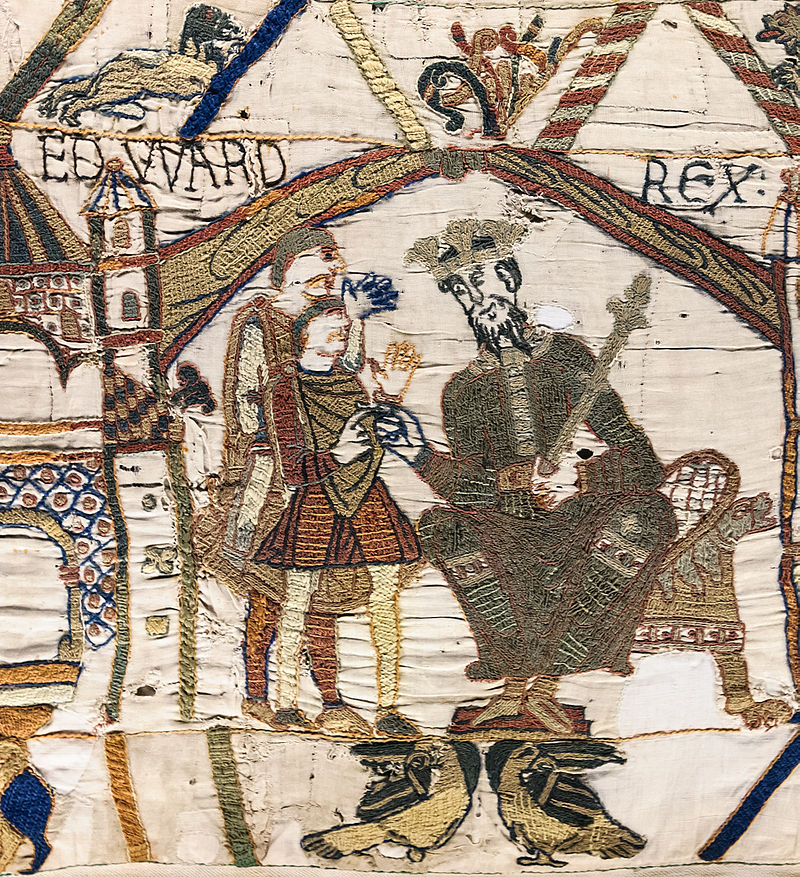


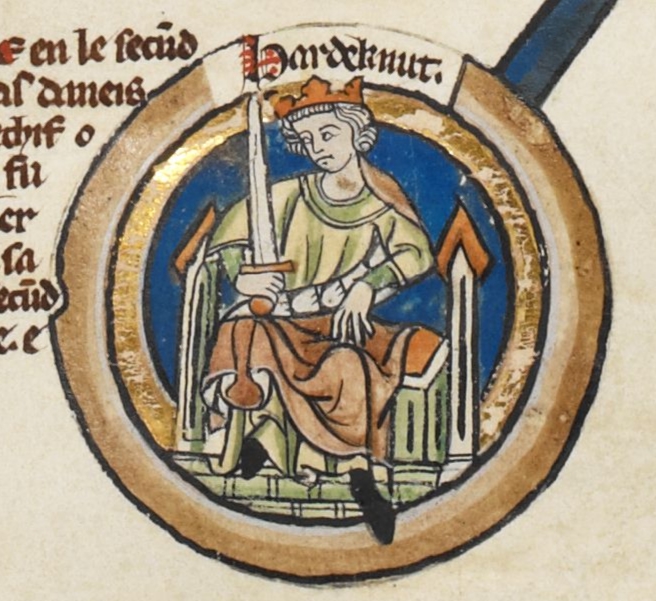


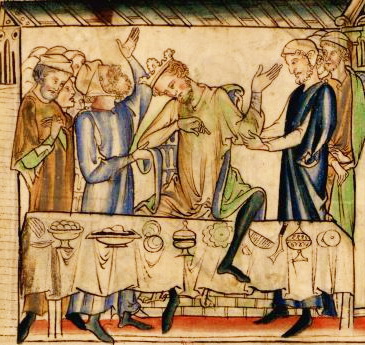



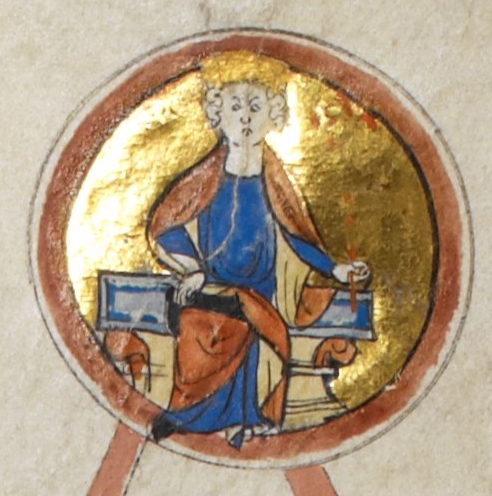





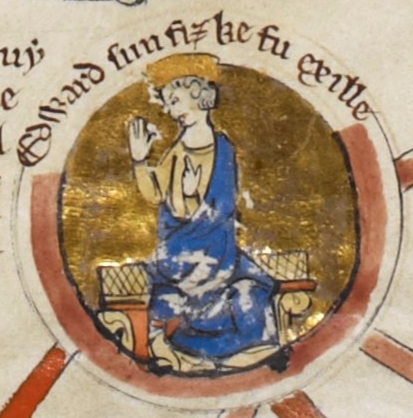
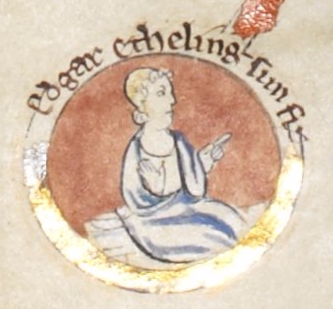


 (
(
